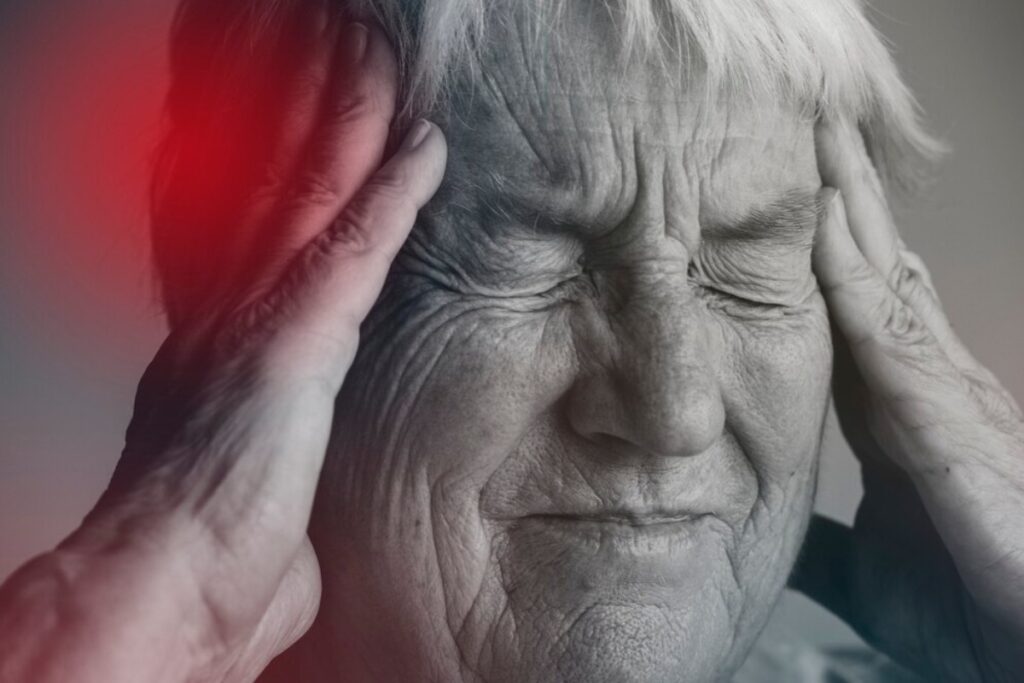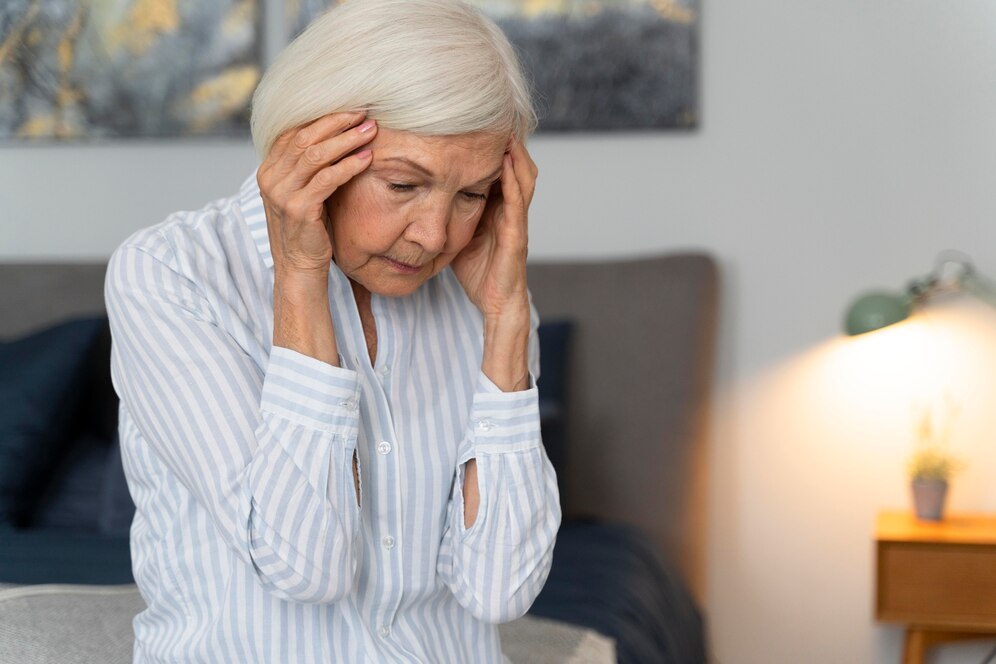Imagine this: approximately 46,000 people are affected by a stroke each year, which equates to about 125 individuals per day.

Strokes can strike both men and women, and it is crucial to recognize the early warning signs.

Approximately 80% of these cases involve an ischemic stroke, with the remaining 20% being hemorrhagic strokes, which have a significantly higher mortality rate.

Annually, about 9,000 people die from the effects of a stroke, indicating a considerable number.
The general warning signs, such as a drooping mouth, slurred speech, and arm weakness, are recognized and occur in both men and women.
Recent research, however, indicates that stroke symptoms in women often differ from those in men.
Women may have unique risk factors such as mental health issues, pregnancy, migraines, and contraceptive pill usage.
Moreover, the precursors of a stroke in women can also be different, including unusual perceptions, nausea, vomiting, behavioral changes, pain, fainting, seizures, shortness of breath, hiccups, and agitation.
It is vital to be aware of these lesser-known stroke symptoms in women. By sharing this knowledge and being extra vigilant, you may potentially save lives.
Always remember: knowledge is power. Being informed about these distinctions allows us to respond more effectively to these life-threatening situations.

